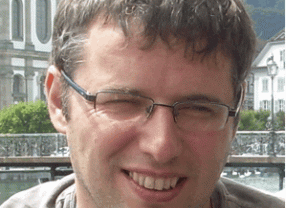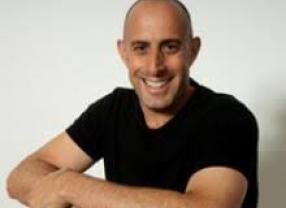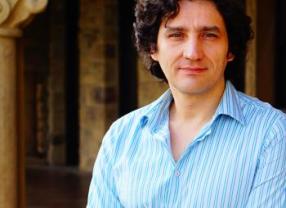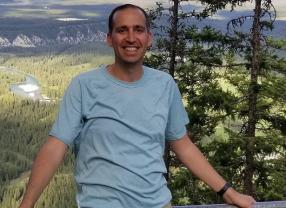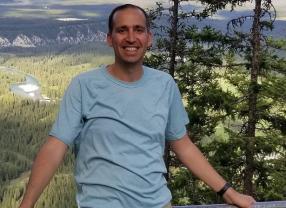
14
Mar
2022
09:30
IAI – Quantum Technion Workshop
14 Mar 2022
09:30
to
15:00

09:30-09:55
Gathering and refreshments
09:55-10:00
Gadi Eisenstein/Adam Shwartz
Opening Remarks
10:00-10:40
Israel Lupa
IAI Presentation on Technological challenges in the area of Quantum


